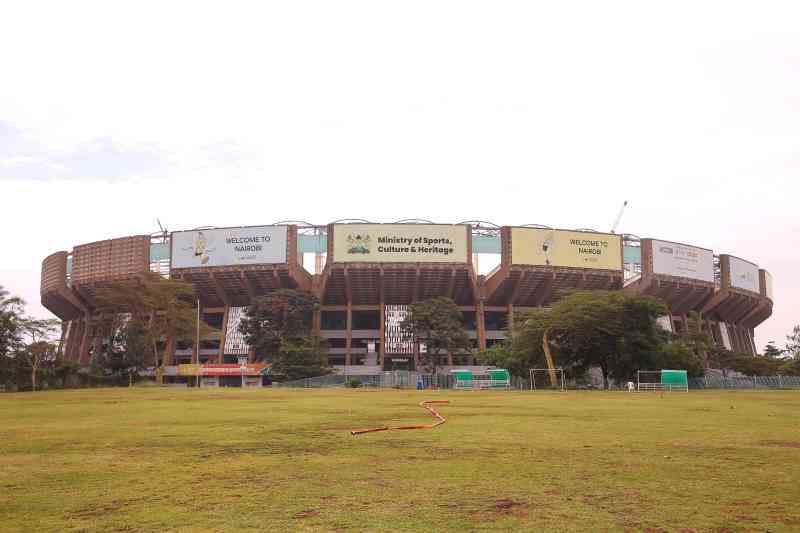Japan Experiences Sharp Rise in Rice Prices Amid Growing Inflation

Japan is currently grappling with a significant surge in rice prices and a broader inflationary environment, creating considerable pressure on households and the government alike. The price of rice, a staple food in the country, more than doubled year-over-year in May, spiking an unprecedented 101.7%. This marked the largest increase in over half a century, following increases of 98.4% in April and 92.1% in March.
This drastic rise in rice costs has significantly contributed to Japan’s climbing inflation rates. The core inflation rate, which excludes fresh food, reached 3.7% in May, its highest level since January 2023, exceeding economists' expectations. Headline inflation stood at 3.5%, while the closely monitored 'core-core' inflation rate, stripping out both fresh food and energy prices, climbed to 3.3%. This marks the 38th consecutive month that inflation has remained above the Bank of Japan's (BOJ) 2% target.
Economists emphasize the critical role of food prices, especially rice, in Japan's inflation trajectory. Marcella Chow, Global Market Strategist at JP Morgan Asset Management, noted that rice accounts for approximately 50% of Japan’s core inflation. She suggested that government measures to reduce rice prices, particularly if extended to processed foods containing rice and leading to lower restaurant prices, could significantly boost household spending in the real economy.
In response to the escalating crisis, Prime Minister Shigeru Ishiba's administration has taken rare steps, including releasing emergency rice stockpiles, a measure typically reserved for disasters. Public support for Ishiba's administration has dwindled, largely due to frustration over the rising cost of living, especially ahead of crucial upper house elections. To alleviate the burden on households, Ishiba has pledged cash handouts of 20,000 yen for every citizen, with double that amount for children.
Several factors have contributed to the acute rice shortage and subsequent price hikes. An intensely hot and dry summer two years prior severely damaged harvests nationwide. Compounding this, some traders have reportedly been hoarding rice to boost future profits, and panic-buying last year, prompted by an unsubstantiated government warning about a potential 'megaquake,' exacerbated the supply issues. Beyond rice, electricity bills jumped 11.3% and gas fees rose 5.4% in May, further fueling inflation.
The Bank of Japan has been incrementally tightening its monetary policy, holding rates at 0.5% after its recent meeting, though it indicated a slower pace for tapering government bond purchases. While the BOJ acknowledges that wage increases passed on to selling prices are propping up core inflation, it forecasts that underlying CPI inflation is likely to be sluggish due to a decelerating economy. Kei Okamura, a portfolio manager at Neuberger Berman, anticipates a waning of food price pressures in the coming months but cautions that rising geopolitical tensions could impact energy prices.
Adding to Japan's economic challenges, the country's GDP contracted by 0.2% in the quarter ended March, marking the first quarter-on-quarter decline in a year, primarily due to declining exports. This economic slowdown, coupled with persistent inflation, suggests a challenging period ahead for Japan, as a sustained pickup in real wages remains out of reach, potentially hindering a meaningful uptick in consumption.










